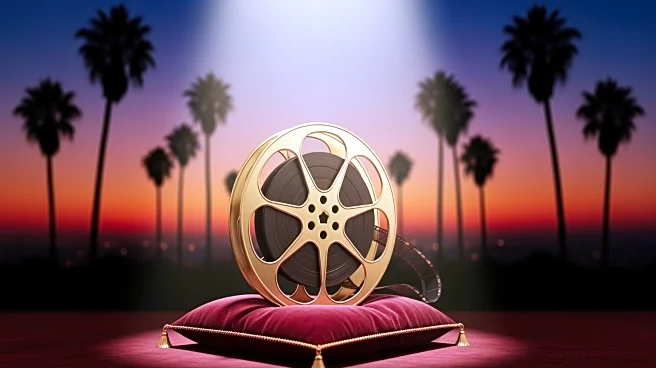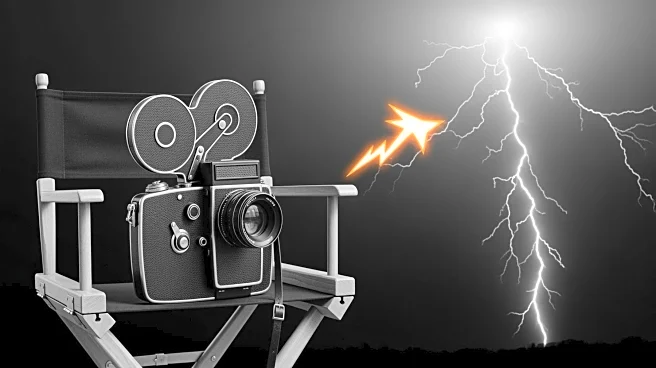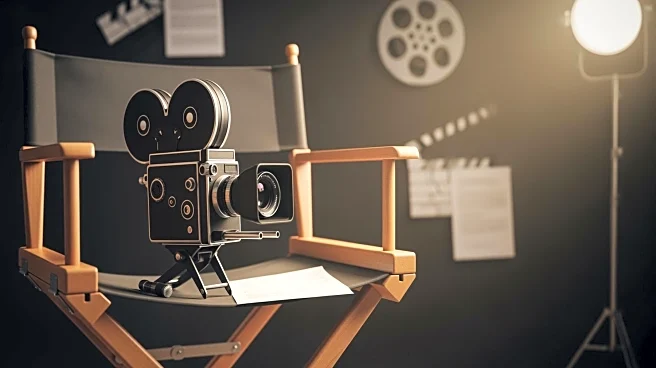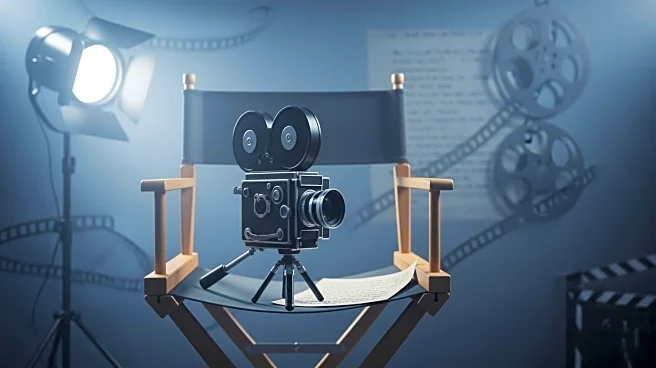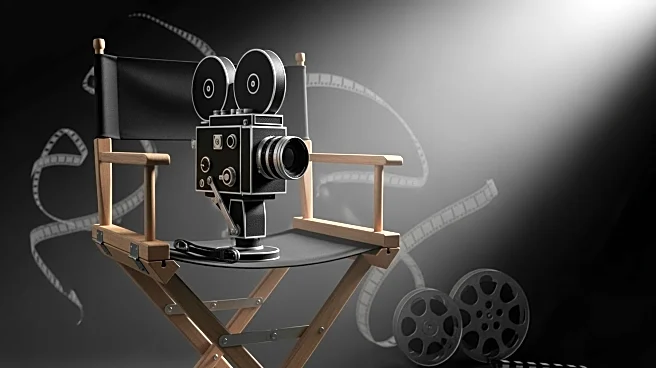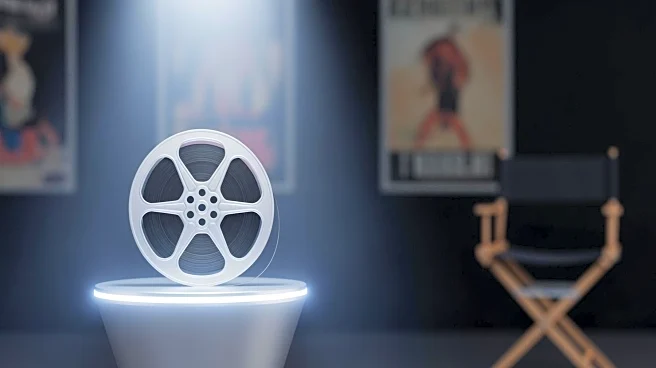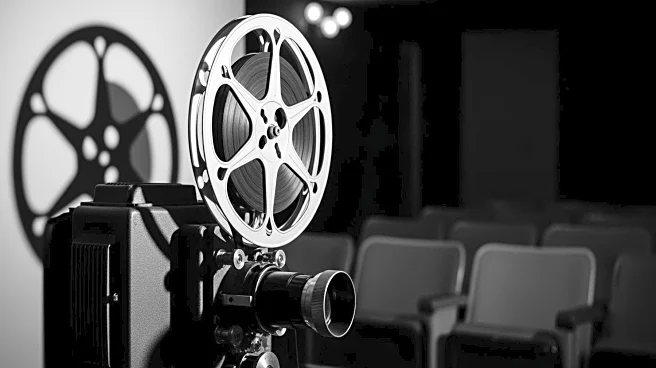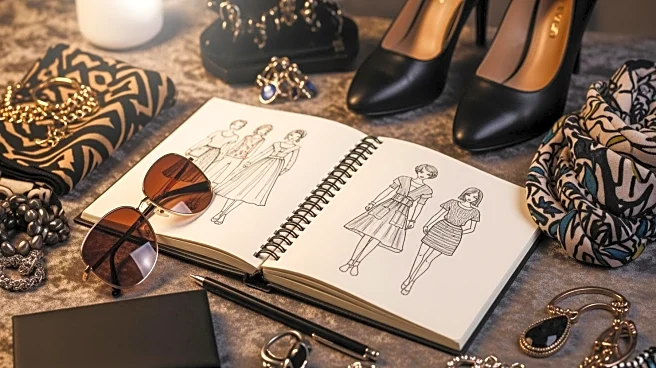What's Happening?
Vogue has released a guide to Los Angeles' iconic cinematic landmarks in anticipation of the Vogue World: Hollywood event. The guide features historic sites such as the TCL Chinese Theatre, known for its ornate design and celebrity handprints, and the New
Beverly Cinema, owned by Quentin Tarantino, which showcases classic films in 35mm and 16mm prints. The ASU FIDM Museum is also highlighted for its role in connecting fashion with cinematic storytelling, offering exhibits and events that explore costume design in film. These locations represent the rich history and ongoing cultural significance of Hollywood in the film industry.
Why It's Important?
Los Angeles is a central hub for the film industry, and its historic sites contribute to the city's cultural and economic landscape. The TCL Chinese Theatre and New Beverly Cinema attract tourists and film enthusiasts, supporting local businesses and preserving cinematic history. The ASU FIDM Museum's focus on costume design underscores the intersection of fashion and film, highlighting the creative industries' impact on cultural narratives. These landmarks not only celebrate Hollywood's past but also inspire future generations of filmmakers and designers, reinforcing the city's status as a global entertainment capital.
What's Next?
As the Vogue World: Hollywood event approaches, these landmarks may experience increased attention and visitation, potentially boosting local tourism and business. The event could also spark renewed interest in preserving and promoting Los Angeles' cinematic heritage. Stakeholders in the film and fashion industries might leverage this opportunity to collaborate on projects that celebrate and innovate within these fields. Additionally, the ASU FIDM Museum's upcoming events, such as the Clueless screening and Q&A, may attract audiences interested in the intersection of fashion and film.
Beyond the Headlines
The guide's emphasis on cinematic landmarks highlights broader cultural trends, such as the nostalgia for classic film formats and the appreciation for historical preservation. It also reflects the growing interest in the role of fashion in storytelling, suggesting potential shifts in how audiences engage with films. These developments may influence future film productions and fashion designs, encouraging creative exploration and collaboration across industries.
